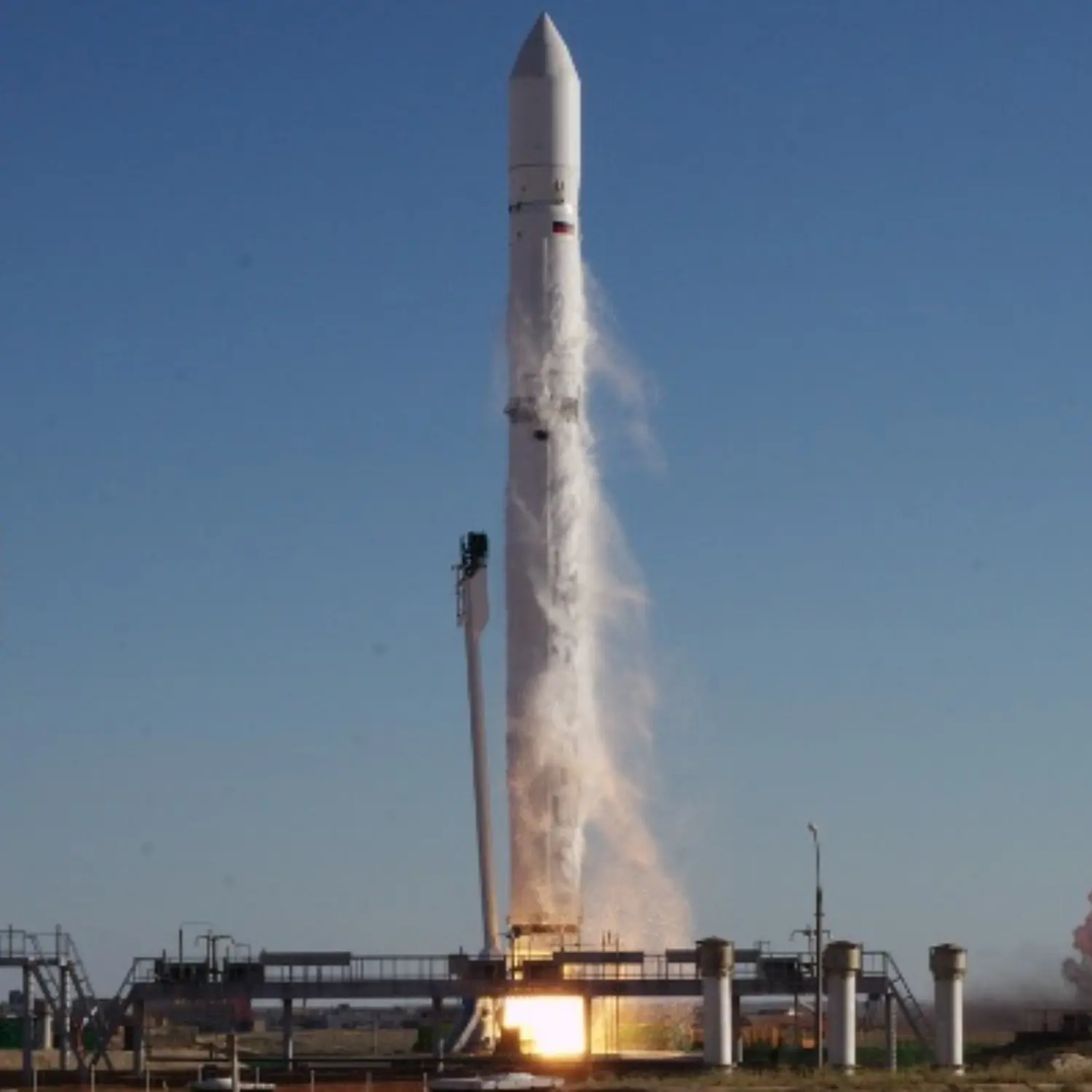Elektro-L n°2
Launch Success
Liftoff Time (GMT)
13:45:32
Friday December 11, 2015
Watch Replay
Official Livestream
Mission Details
Read Article
Elektro-L n°2
Elektro-L n°2 is a Russian geostationary weather satellite. It is the second Elektro-L spacecraft to fly after Elektro-L n°1 launched in 2011. It replaces the first Elektro series, which was never brought to operational service. The Elektro-L satellites are based on Lavochkins Navigator-Bus. Elektro-L also features receivers for the SARSAT-COSPAS emergency call system. The MSU-GS scanner is the primary instrument aboard the spacecraft. It is designed to produce visible light and infrared images of a full disc of the Earth. It can produce an image every half-hour, with visible light images having a resolution of one kilometre, and infrared images having a resolution of four kilometres. The satellite also carries GGAK-E, a heliophysics payload designed to study radiation from the Sun. The satellite will also be used to relay data between Russian weather stations, and will also be used to relay signals as part of the Cospas-Sarsat system. It carries seven infrared channels and three visible channels.
Geostationary Earth Orbit
1 Payload
1,740 kilograms
Rocket


Manufacturer
YuzhmashRocket
Height: 54.35m
Payload to Orbit
LEO: 13,740 kg
GTO: 6,000 kg
Liftoff Thrust
7,257 Kilonewtons
Fairing
Diameter: 4.1m
Height: 10.7m
Stages
3
Launch Site
Stats
Zenit
83rd
Mission
1st
Mission of 2015
2015
78th
Orbital launch attempt